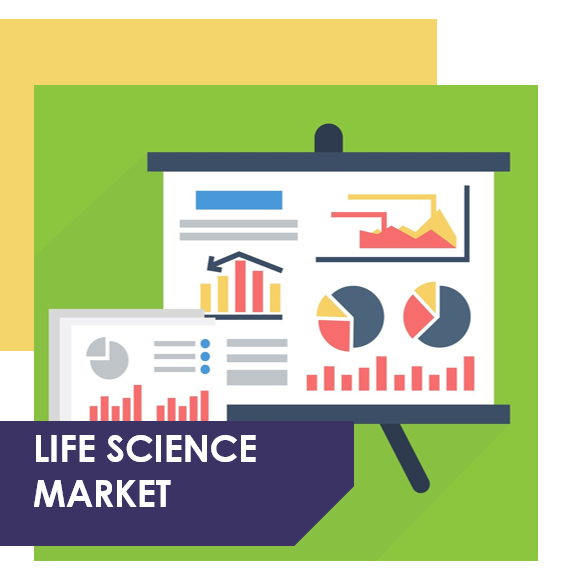Blog
Androgen Replacement Therapy Market Is Estimated To Record a CAGR of Around 6.6% During The Forecast Period

Evolve Business Intelligence has published a research report on the Global Androgen Replacement Therapy Market, 2023–2033. The global Androgen Replacement Therapy market is projected to exhibit a CAGR of around 6.6% during the forecast period of 2023 to 2033.
Evolve Business Intelligence has recognized the following companies as the key players in the global Androgen Replacement Therapy Market: AbbVie, Endo International, Eli Lilly, Pfizer, Actavis (Allergan), Bayer, Novartis, Teva, Mylan, Upsher-Smith.
Market Highlights
The Androgen Replacement Therapy market is projected to be valued at USD 35.65 Billion by 2033, recording a CAGR of around 6.6% during the forecast period. Androgen Replacement Therapy (ART) refers to a medical treatment that involves the administration of androgens, which are male sex hormones, to individuals who have deficient or low levels of these hormones. This therapy is primarily used to address conditions like hypogonadism, in which the body does not produce enough testosterone, the primary male sex hormone. ART aims to restore normal hormone levels and alleviate associated symptoms, such as fatigue, low libido, muscle weakness, and mood disturbances. It may involve the use of synthetic androgens or testosterone replacement in various forms, such as injections, gels, patches, or implants, under the supervision of a healthcare provider.
For More Information : https://evolvebi.com/report/androgen-replacement-therapy-market-analysis-and-global-forecast-2023-2033-with-covid-impact-analysis/
The COVID-19 pandemic had a negative impact on the Androgen Replacement Therapy (ART) market. During the pandemic, healthcare resources were diverted toward managing COVID-19 patients, leading to disruptions in routine medical care and elective procedures, including hormone replacement therapies. Many individuals postponed non-essential medical visits and treatments due to safety concerns and restrictions on in-person healthcare services. Additionally, economic uncertainties and job losses may have hindered access to healthcare and the affordability of ART treatments for some patients. These factors collectively contributed to a temporary decline in the ART market, as patient volumes and treatment initiation rates saw a decrease. However, as healthcare systems adapted to the pandemic, the ART market gradually began to recover, with a renewed focus on managing hormone-related conditions.
Segmental Analysis
The global Androgen Replacement Therapy market has been segmented based on Type, Application, and region.
Based on the Type, the Androgen Replacement Therapy market is segmented based on Gels, Injections, Patches, and Others. Gels is expected to have the largest market share throughout the forecast period, while Patches is expected to grow at the fastest rate.
Based on the Application, the global Androgen Replacement Therapy market has been divided into Hospitals, Clinics, and Others. The hospital segments are anticipated to dominate the market.
For More Information : https://evolvebi.com/report/androgen-replacement-therapy-market-analysis-and-global-forecast-2023-2033-with-covid-impact-analysis/
Regional Analysis
The Androgen Replacement Therapy market is divided into six regions: North America, Europe, Asia-Pacific, Latin America, the Middle East, and Africa. North America, particularly the United States and Canada, has traditionally been a significant market for hormone replacement therapies. The region’s well-developed healthcare infrastructure and a high prevalence of conditions like hypogonadism have contributed to the growth of the ART market. The Asia-Pacific region, including countries like China, Japan, and India, has experienced notable growth in healthcare infrastructure and access to medical services. As awareness about hormone-related conditions and treatment options increases, the ART market may have seen potential for growth in this region. The growth of the ART market in Latin America may have been influenced by factors such as improving healthcare infrastructure and access to medical care. Economic conditions and demographic changes could also play a role in market dynamics. The Middle East, with its investments in healthcare infrastructure and medical tourism, may have contributed to the growth of the ART market. Increasing awareness of hormone-related health issues may also drive demand in the region. The growth of the ART market in Africa may have been influenced by factors such as improvements in healthcare infrastructure and increasing access to medical services. However, growth rates may vary across different countries on the continent.



